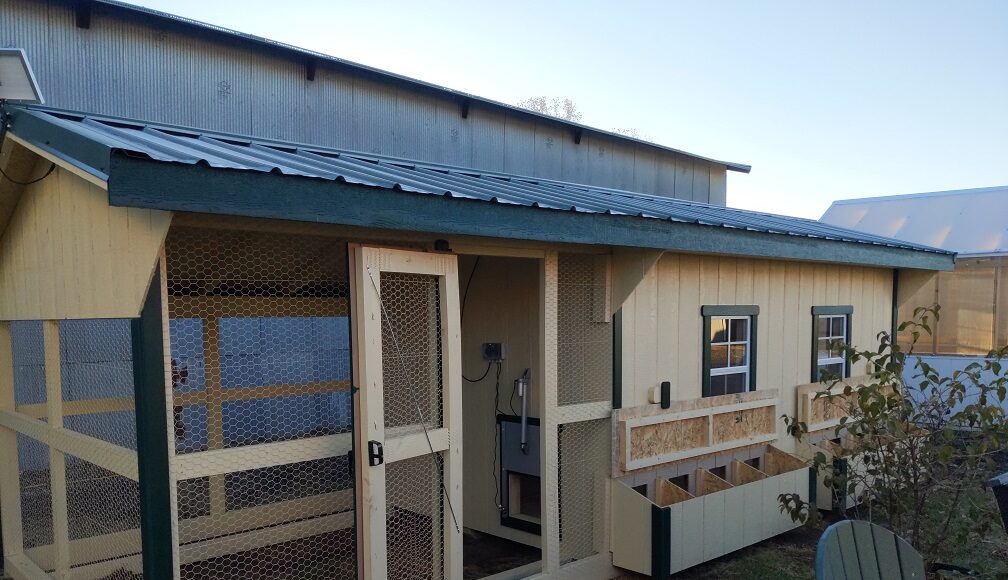Many chicken enthusiasts often encounter the challenge of dealing with a broody hen. Understanding how to break a broody hen is essential for maintaining peace and productivity in your chicken coop. A broody hen can become overly protective of her nest, refusing to leave it, and disrupting the normal routine of your flock. This article will guide you through the process of addressing broodiness, ensuring your hens return to their usual pecking order.

Understanding Broodiness in Hens
Before delving into methods on how to break a broody hen, it’s important to understand what broodiness entails. A broody hen is one that has decided she wants to hatch eggs and will sit on the nest persistently. This behavior is driven by maternal instincts, but it can lead to reduced egg production within your flock.
Signs of a Broody Hen
Identifying a broody hen is the first step. Common signs include clucking sounds, fluffed feathers, and an unwillingness to leave the nest. A broody hen may also be aggressive if you attempt to remove her from the nest.
Reasons to Break Broodiness
While broodiness is natural, there are several reasons why you might want to intervene. A broody hen stops laying eggs, which can affect your egg supply. Additionally, a broody hen may neglect her own health by eating and drinking less.
Impact on the Flock
Broodiness can disrupt the harmony of your flock. Other hens may be discouraged from laying in their preferred nesting box, leading to potential squabbles and stress.
Methods for Breaking Broodiness
Remove the Hen from the Nest
One of the simplest methods to break broodiness is to physically remove the hen from her nesting box. This can be done several times a day to discourage her from returning.
Use a Broody Breaker Cage
A broody breaker cage is a specialized cage that allows the hen to move around and prevents her from nesting. This method is effective but requires monitoring to ensure the hen’s well-being.
Cool Down the Hen
Cooling down a broody hen’s body temperature can help. Placing her in a wire-bottomed cage with good ventilation for a few days can discourage broodiness.
Block Off the Nesting Area
Sometimes, simply blocking access to the nesting boxes can be enough to break a hen’s broody cycle. Ensure other hens still have access to lay their eggs.
Maintaining Hen Health During Broodiness
Monitor Feeding and Hydration
Ensure that your broody hen is eating and drinking adequately. Dehydration and malnutrition can affect her health if she refuses to leave the nest.
Provide Enrichment Activities
Offering distractions such as scratch grains or new perches can help divert her attention away from the nest.
Long-Term Solutions for Broodiness
Choosing Non-Broody Breeds
If broodiness is a recurring issue, consider raising breeds that are less prone to broodiness. Breeds like Leghorns and Anconas are known for lower instances of broodiness.
Regularly Collect Eggs
Collecting eggs regularly can reduce the likelihood of hens going broody. Empty nesting boxes are less appealing to hens with broody tendencies.
Conclusion
Dealing with a broody hen requires patience and understanding. By implementing these strategies, you can effectively break the broody cycle and maintain a happy, productive flock. For more tips on managing your coop, visit nesting box tips and nesting box ideas.

FAQ
Why is my hen broody?
Broodiness is a natural instinct where a hen wants to incubate eggs. It’s often triggered by hormonal changes and environmental factors.
Can broodiness affect egg production?
Yes, a broody hen will stop laying eggs, which can impact the overall egg production in your flock.
How long does broodiness last?
Without intervention, broodiness can last for several weeks. However, using the methods described above can help shorten this period.
This article contains affiliate links. We may earn a commission at no extra cost to you.











